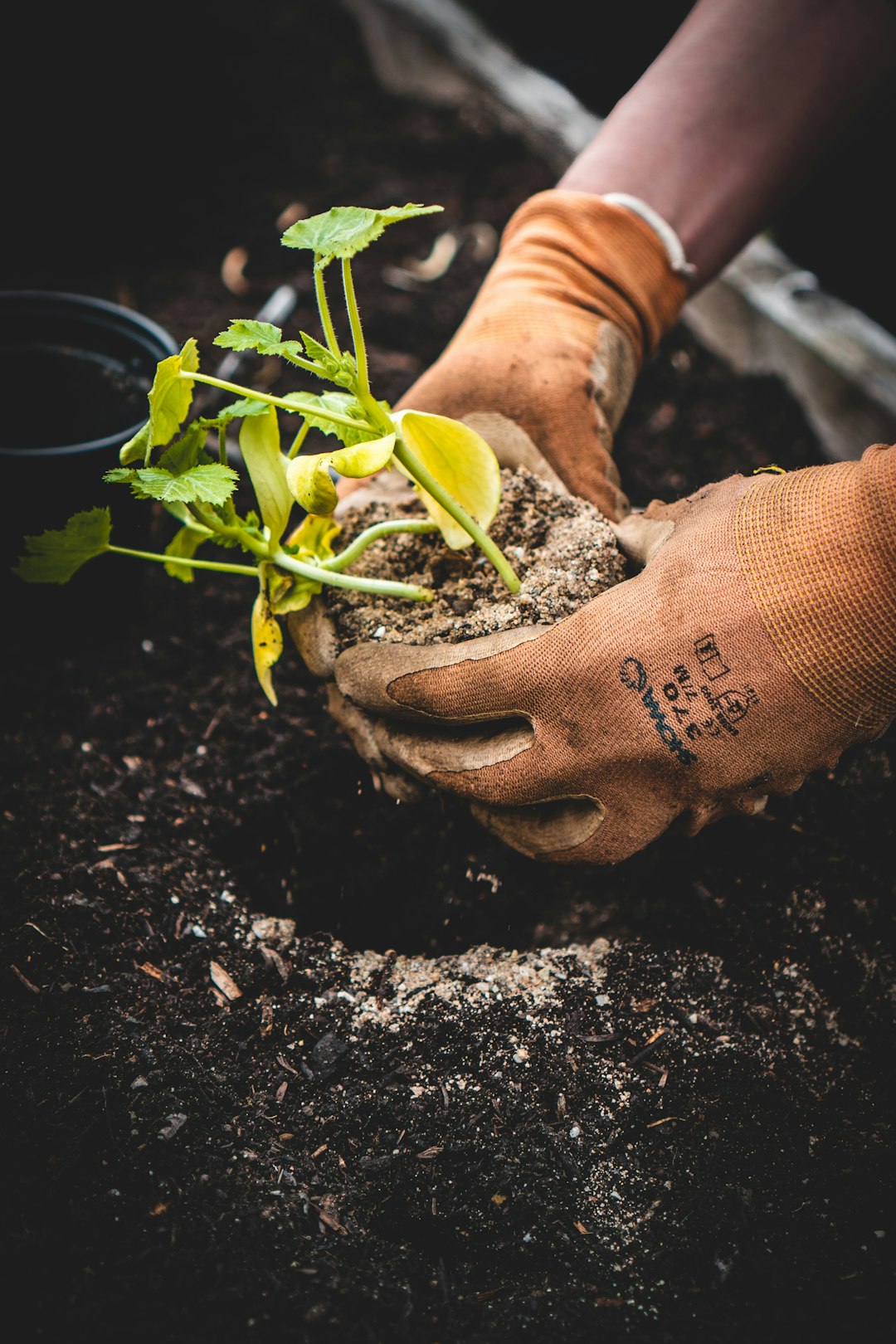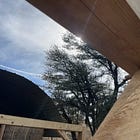Growing a New Legal Landscape: The Rights of Nature Movement
This afternoon I’m heading to get my hands in some dirt, helping out in a garden that is not my own. In fact, this garden is on land that, in the not-too-distant future, may not be ‘owned’ by anyone. If the process currently in motion succeeds, this land may come to have legal rights to be recognized simply as itself, rather than only as the property of someone else.
It’s an exciting project, utilizing and modifying a legal strategy being experimented with by both those who see the hyper-commodification of land as harmful for people and land alike and those trying to find a stronger legal backing for all manner of environmental protections. This movement for ‘rights of nature,’ as it’s generally called, would establish recognition of the personhood and legal standing of beings other than humans.
My first encounter with this approach was back in the mid aughts, via Cormac Cullinan’s book Wild Law. Cullinan has gone on to help found a number of organizations, including the Wild Law Institute and the Global Alliance for the Rights of Nature. It’s a little tricky to find new copies of Wild Law in the U.S. — it was originally put out by a South African publisher — but you can read shorter pieces by Cullinan, such as this 2014 article in Orion that details a number of efforts to apply the rights of nature approach.
Perhaps the most widely known real application of this framework is Ecuador, which in 2008 placed rights for nature into its constitution (updated after Ecuadorians voted to update the constitution via an assembly — a dreamy bit of democratic process that remains astoundingly outside the scope of imagination in the U.S. context). Since 2008, a number of extractive projects have been nixed as a result of the constitutional changes.
Following Ecuador, many rights of nature efforts have moved forward across the globe; you can read more about them in this toolkit from Earth Law Center.
While animal rights activists have been working for some time towards recognition of the personhood of individual animals — you may have heard about lawsuits on behalf of the great apes — the rights of nature movement finds the locus for personhood elsewhere. Rivers have drawn special attention. In 2017, the Whanganui River in Aotearoa (New Zealand), became the first river in the world to gain legal personhood. A true watershed moment (really no avoiding that pun here), many jurisdictions have since followed this example; check out the Rights of Rivers report put out by International Rivers surveying such legislation around the globe.
Closer to home, in 2019, the Yurok Tribe passed a resolution declaring legal rights for the Heyhl-keek We-roy, or the Klamath River, making it the first river on Turtle Island with such recognition. (Yet another first for the Klamath; if you missed it, make sure to check out our piece earlier in the week, “History in the Making: Dam Removal on the Klamath.”) Further ordinances in support of the resolution have been under development; public hearings were underway this last fall. The Nez Perce similarly passed a resolution recognizing the Snake River in 2020. Tribal communities have been at the forefront of legislating rights for nature in North America; see the Guide to Rights of Nature in Indian Country recently released by Bioneers for more details.
Rights are a legal tool, not a guarantee of treatment, as the abuse of legally enshrined human rights the world over more than adequately illustrates. They’re also a tool made by humans, which means human action and advocacy are required to employ them, and these in turn depend on human care and attention.
There’s a long tradition of thought that believes individual ownership and property rights are the incentive most suited to motivating such attention. In the U.S. context Thomas Jefferson is a key voice for this perspective, who argued for the value of small yeomanry as critical to the long-term success of America’s nation-building ambitions; that legacy lives on in forms both more nuanced (the opinions and practice of Wendell Berry, say) and less so (popular romanticized notions of the small family farm).
The fact that the land and many beings of Turtle Island seemed to have fared better before it was mapped and gridded and sold off is, for many of us, quite obvious. But lifeways designed and patterned to grant care and attention, springing from a sense of belonging rather than one of ownership, were disrupted by colonization. One of the social questions riding alongside the rights of nature movement, then, is how we build habits of belonging by human people to those beings for whom the activation of their legal rights depends on human voice.
That’s one of the questions facing those caring for the patch of land here in the Rogue Valley that I’ll be helping tend this afternoon. What might it look like for people, outside of the primary caretakers living there, to have a strong enough relationship with that place to attend to it in an ongoing way? How do we interact with the legal structures being developed to mark its presence in the world? Are social-legal containers like non-profit organizations suitable to ensure care for the long term, and if not, what might be used in their stead?
I expect to be writing more about this particular place as the project there becomes more concrete. Today, though, I expect everything to feel a little slippery, and not just because recent rains mean ample mud in the garden. All the relationships are new — my connection to the place and the other people with whom I will be working more of a question than a settled matter. I believe in asking the land around you if you belong to it, rather than showing up assuming you do; one risks being told “no” — an answer I have received more than once before. Such interactions are exactly what we should expect if we take the personhood of nature seriously, separate from its narrow definition as a legal construct. Another person can always refuse one’s offer of collaboration or partnership, no matter how much the other individual may want it.

But today, I’ll go plant some seeds, both literal and metaphorical ones. And I’ll see what amount of listening I can do to the land itself above the chatter of a garden work party.
This time last year I was at another very special kind of work party, helping raise the frame for a house which has since been built and assembled. I wrote then about the experience of getting to be a part of building the world in which we live, of the power in taking on the creation of both our material and cultural reality. It’s appropriate reading for this Easter Sunday:
Now it’s off to go get a little muddy in another experiment in world-building.
Thanks for reading. Until next time,
Meg



